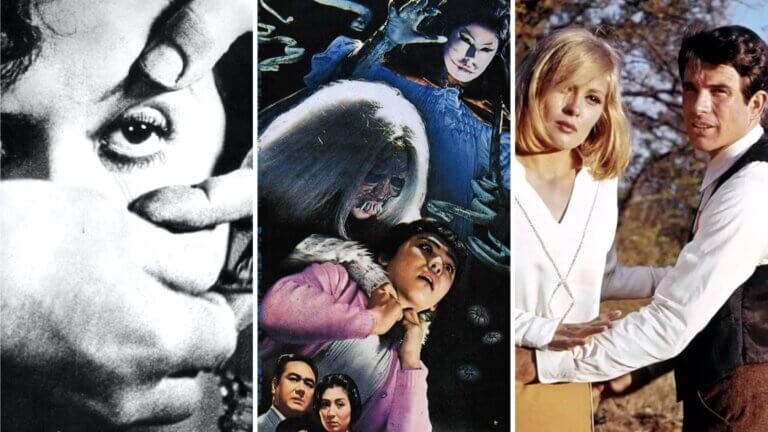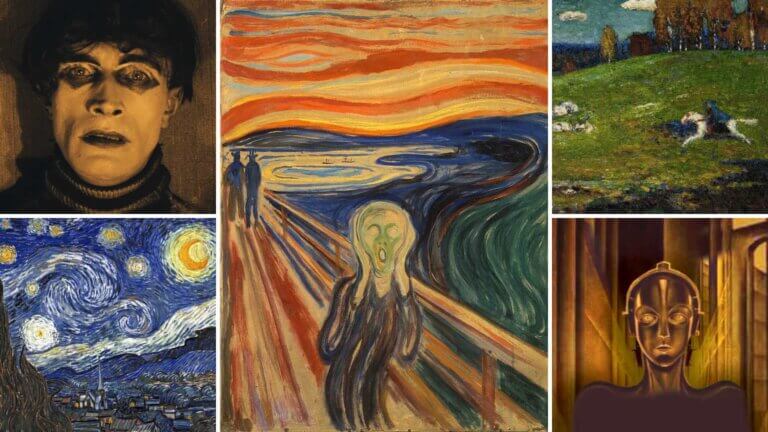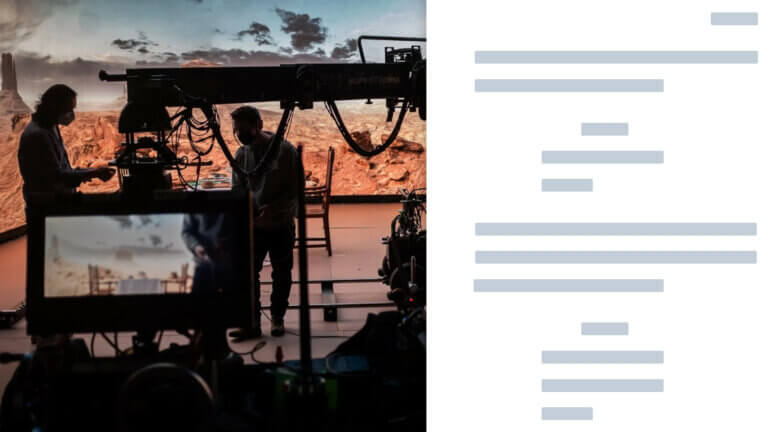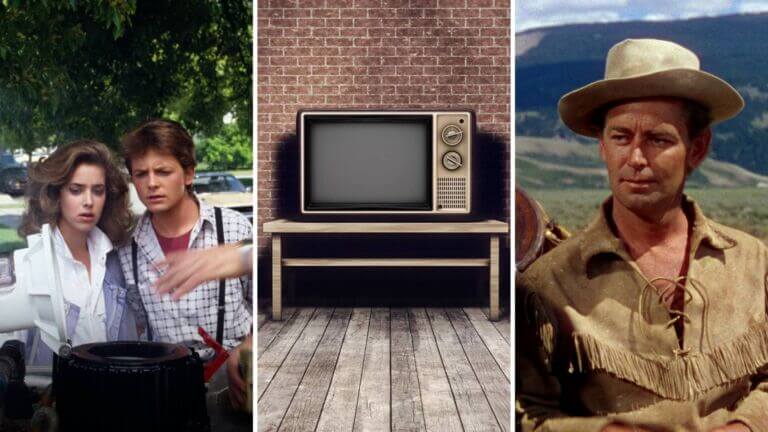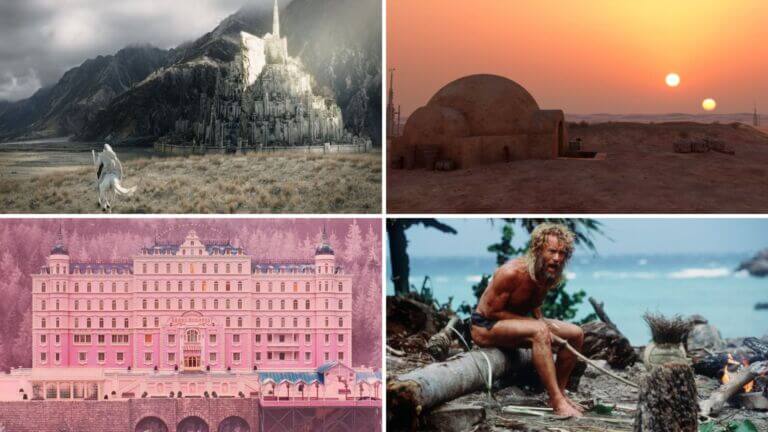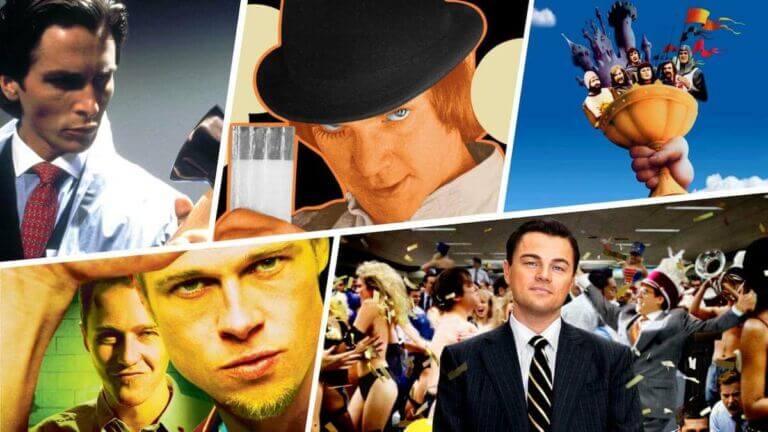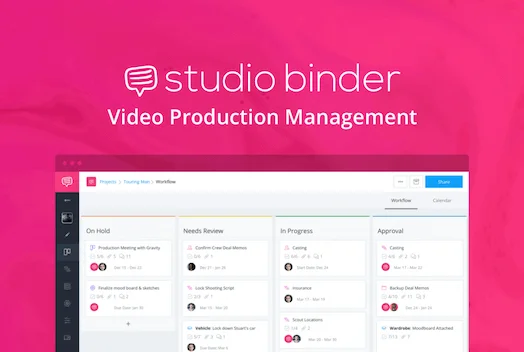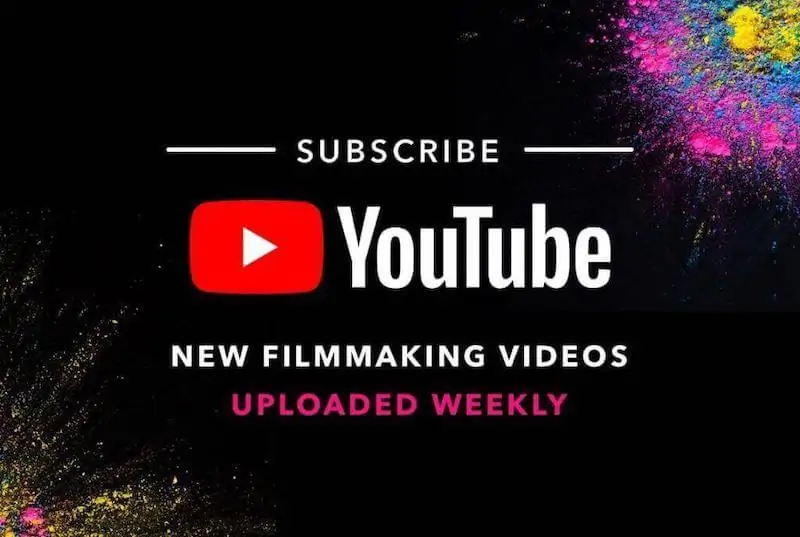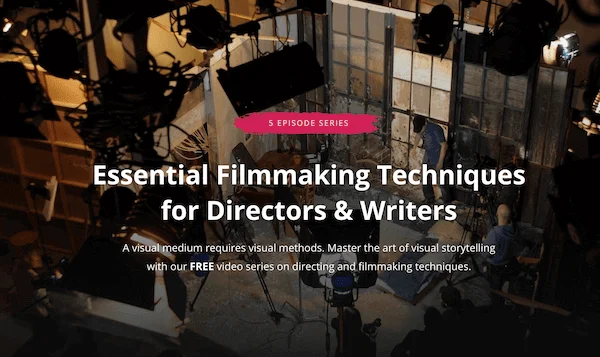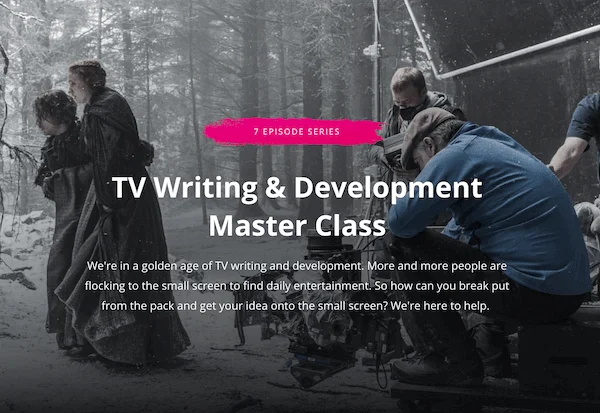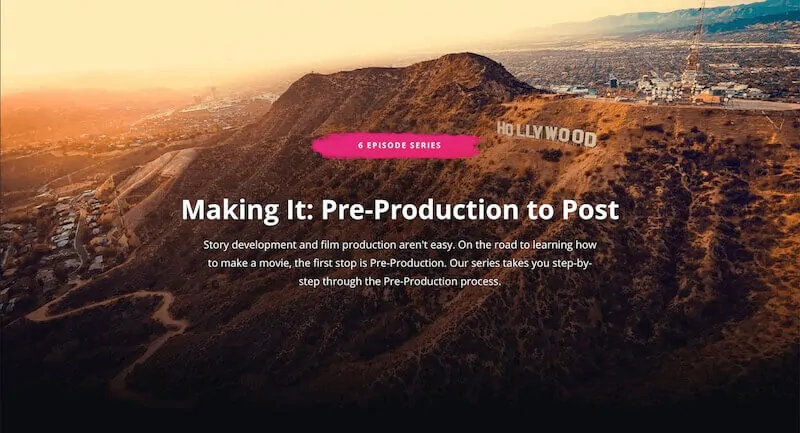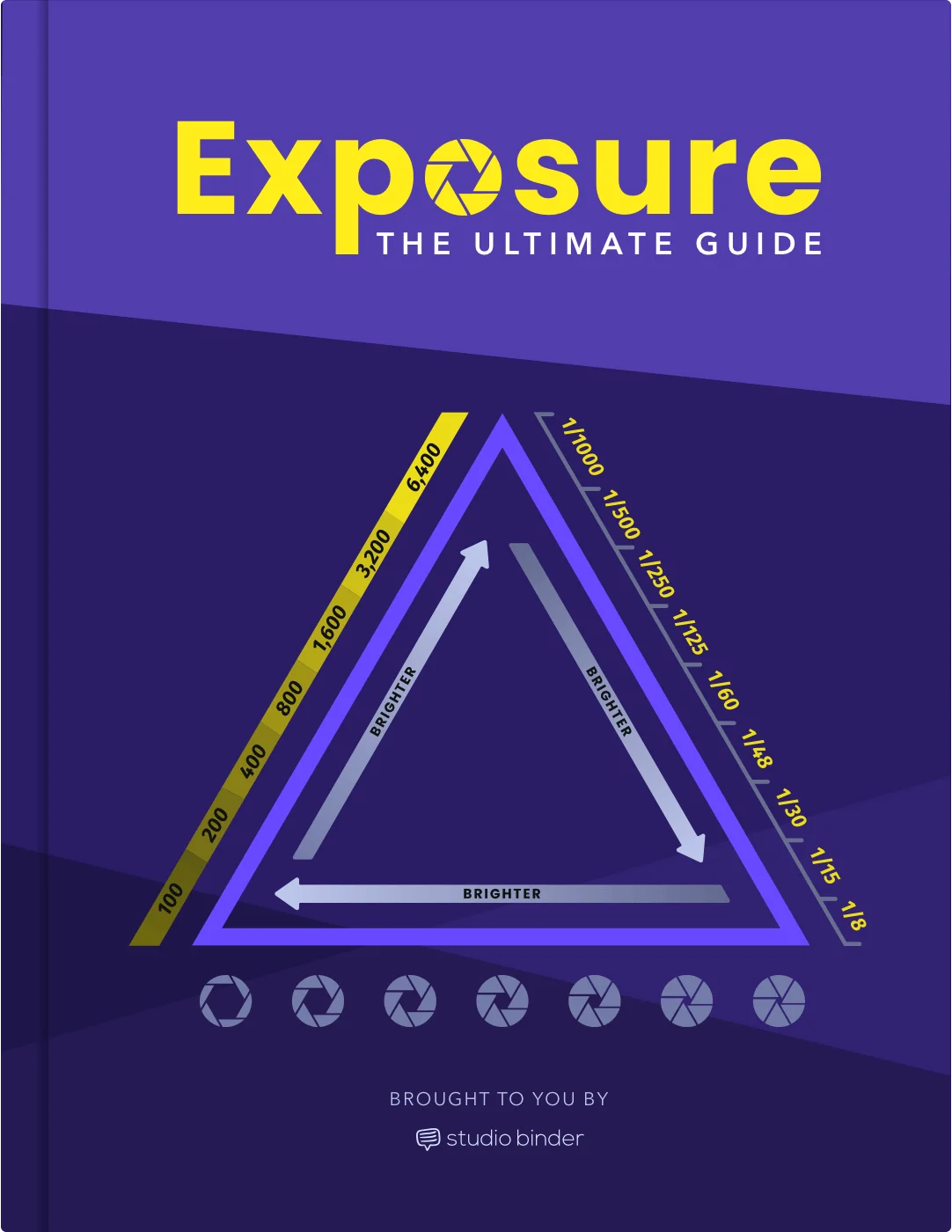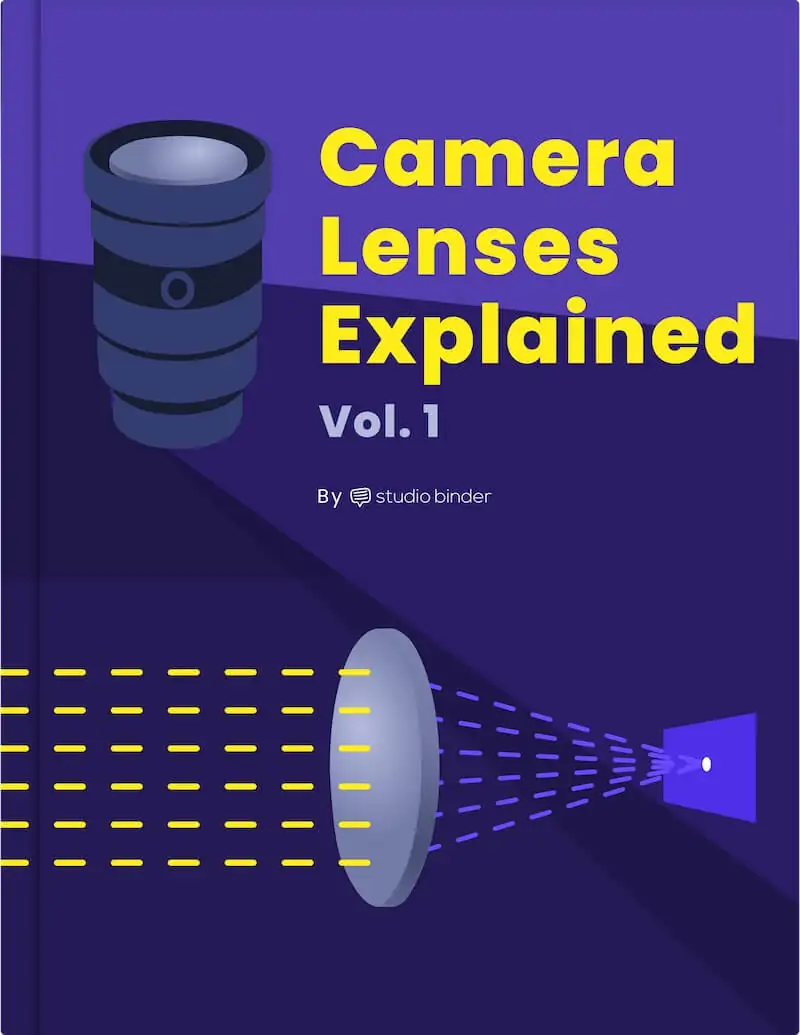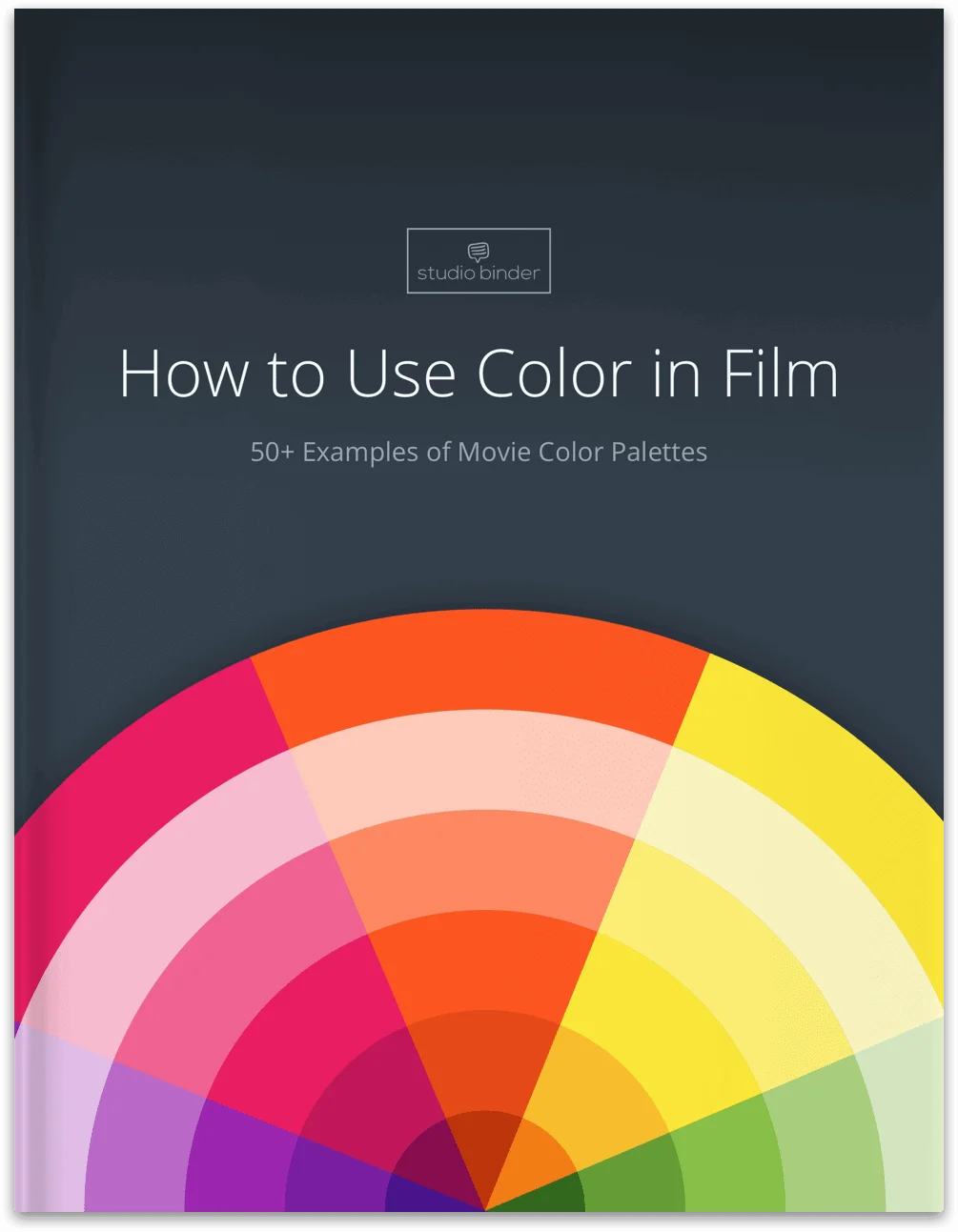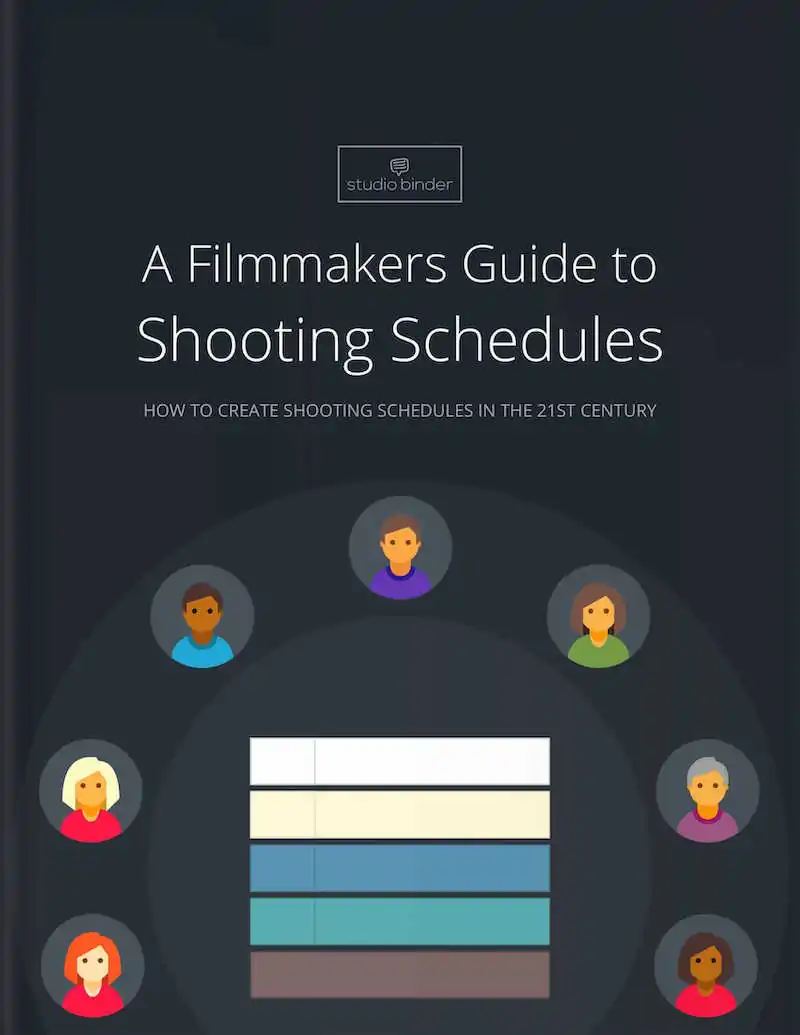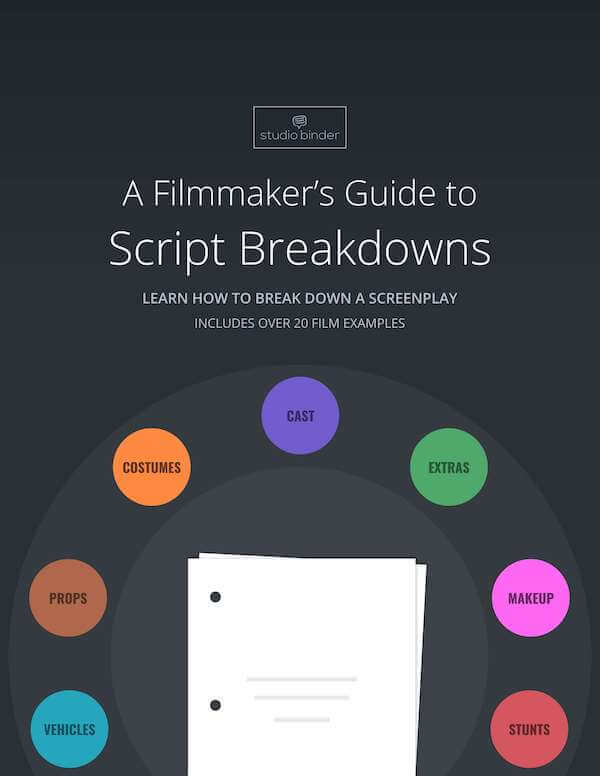Intertextuality is an incredibly important concept for writers to understand – but what is intertextuality? We’re going to break down everything there is to know about intertextuality by looking at examples from film, television, literature, and games. By the end, you’ll know how to recognize intertextuality, and institute it in your own works.Continue reading What is Intertextuality — Definition and Examples
A split screen immediately draws attention to itself. It’s a technique which signals a certain stylization and, by its very nature, divides our attention between multiple frames. Because of this, split screens are often used sparingly. And yet, when used well, they can create some instantly-iconic juxtapositions that elevate a story. Here are some of the finest split screen film examples ranked.Continue reading Split Screen Film Examples — How Split Screens Tell a Story
Motion pictures have enticed and inspired artists, audiences, and critics for more than a century. Today, we’re going to explore the history of film by looking at the major movements that have defined cinema worldwide. We’re also going to explore the technical craft of filmmaking from the persistence of vision to colorization to synchronous sound. By the end, you’ll know all the broad strokes in the history of film.Note: this article doesn’t cover every piece of film history. Some minor movements and technical breakthroughs have been left out – check out the StudioBinder blog for more content.Continue reading The History…
It’s an art style that had roots in the late 19th century but came into full force in the 20th century. Rejecting objective impressions for a subjective look at the world around them, expressionism art was much more than a traditional art movement or even a group of expressionism artists. This was a rejection of more life-like artworks and partially a reaction to the new industrial and urban world taking over. Artists in the field of expressionism painting emphasized feeling above all. But what is expressionism art, who were the main players, and what does it have to do with…
Oh, mockumentaries how I love thee. Mockumentaries – or simply mock documentaries – have entertained and inspired the world for decades. But what is a mockumentary? We’re going to break down the history of this subgenre, including the first mockumentary, by looking at iconic examples from Woody Allen, Christopher Guest, and more. By the end, you’ll know why these hilarious films are important along with some of the best mockumentary movies of all-time.Continue reading What is a Mockumentary — Definition, Examples & History
What is a shooting script? How are shooting scripts different from screenplays? We’re going to answer those questions by looking at some real-world examples for shooting scripts. Then, we’ll show you how you can get started on your own shooting script for free. By the end, you’ll be ready to turn a screenplay into an actionable game plan for production. But before we get into the examples, let’s review what makes a shooting script, a shooting script.Continue reading Shooting Script Example — Download Production Script PDFs
What is a character trope? In screenwriting, a trope is a common element of a story. In other words, a trope is something we see a lot. In a character sense, it’s a type of character we see a lot. The term trope is derived from the Greek (tropos) for “turn, direction, or way” and it’s meant to explain moments where the story figuratively shifts from one direction to another. However, tropes have come to be misnomered as cliches — and the term character trope often has more to do with the overuse of certain characteristics than it does with…
Do you remember what pan and scan is? Did you ever rent or own movies on VHS tape, or even on DVD, that filled the entirety of your 4:3 aspect ratio tube television? If the answer to all this is yes, then you experienced "pan and scan" firsthand. But what is pan and scan, how can you identify it, and what happened to it now that we have streaming services and HDTVs?Continue reading What is Pan and Scan? Full Frame vs. Widescreen Explained
What is the setting of a story? Is it simply the time and place of a story? Or is it something more? We’re going to look at some examples of setting in literature and film to see how writers and directors communicate time, place, and more in their works. But before we jump into some examples, let’s quickly review how setting is an integral part of every story. Continue reading What is the Setting of a Story — Elements of Storytelling
For the most part, filmmakers strive to make audiences forget that they are in fact an audience watching a film. They work to make the film completely immersive. But sometimes filmmakers intentionally draw attention to the medium being used by breaking the fourth wall. While not all stories benefit from such interruptions, here are the top 15 movies that break the fourth wall and became iconic examples in the process.Continue reading 15 Movies That Break the Fourth Wall (Besides Deadpool)


